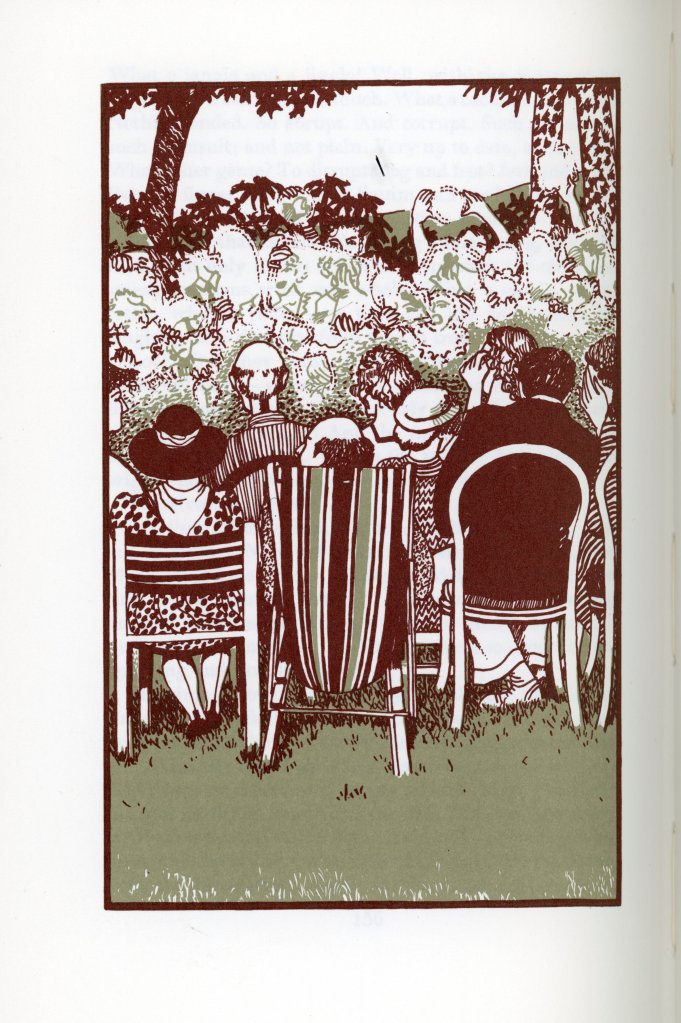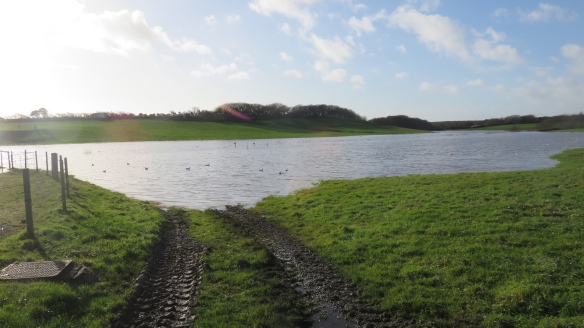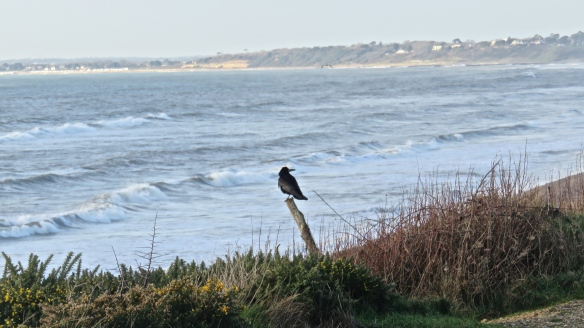Louise DeSalvo’s work on Virginia Woolf which I featured recently in https://derrickjknight.com/2020/05/19/seeking-acquaintance/ prompted me to return to ‘Between The Acts’, the writer’s last novel. Dr DeSalvo had sought metaphors and other phrases in the novel which could be referring to Woolf’s childhood sexual abuse. I could see the possible reasons for the doctor’s interpretations, but, of, course they can never be proven.
Bearing in mind that the novel never received a final revision by the author, who drowned herself before this could happen, I did think that the family story of a watery death in the duckpond may have suggested her impending demise; however, the book was completed on the eve of the Second World War which looms in the shadows over the final pages.
None of this can detract from the delicious, spare, uncomplicated, language used by Mrs Woolf in her keenly observed descriptions of her characters, flora, and fauna, relationships, and village life from a much gentler age than our own. This is a sensitive and insightful writer.
The dramatis personae include the characters taking parts on stage in a local pageant, and in the assembled audience who play their parts between the acts. As usual, I will tell no more of the story.
My Folio Society edition of 1974 contains an introduction by Quentin Bell and lithographs by Gillian Barlow. It is bound in boards bearing
a design by Fiona Campbell.
Well composed, from interesting perspectives, Gillian Barlow’s illustrations have captured the essential isolation of her subjects which does perhaps reflect those of Woolf and her family.
The book by DeSalvo is illustrated with contemporary photographs which I chose not to include in my above-mentioned post. Barlow’s illustrations were so tuned into one page of photographs that I now include them here:
Was Barlow influenced by these paintings, I wonder? Or did she acquire all her inspiration from her reading of the novel?
While I was drafting this material Jackie continued gardening and produced some views.


Florence sculpture stands at Fiveways.



Here are two views of the Shady Path and another of the vista from the Wisteria Arbour.









We designed The Rose Garden with paths spanning from a central rectangle shown in the first image. This group of pictures finishes with the rickety entrance arch which is all that is left of the rubble-encrusted vegetable garden that we inherited.
This evening we dined on succulent roast chicken with sage and onion stuffing; crisp Yorkshire pudding; perfect roast parsnips; creamy mashed potato; crunchy carrots; firm cauliflower; tender cabbage; and tasty gravy. Jackie drank Hoegaarden and I drank more of the Syrah.
















